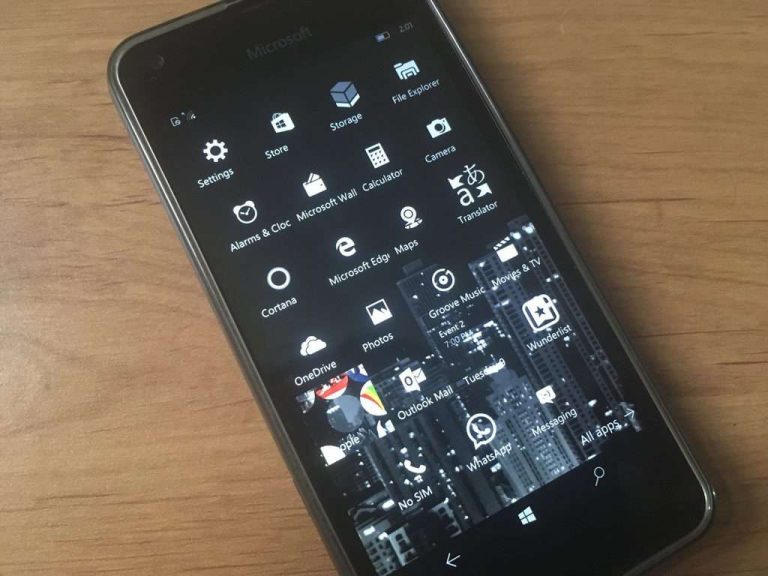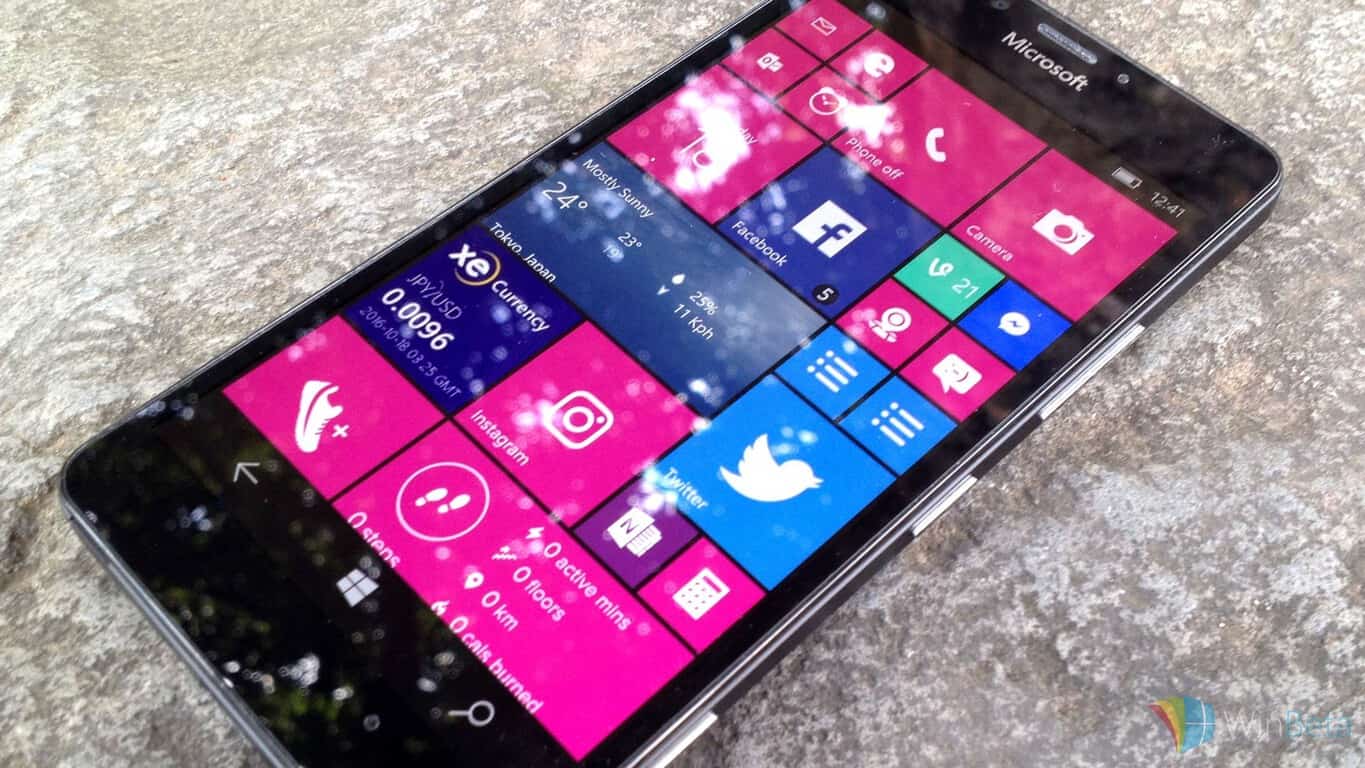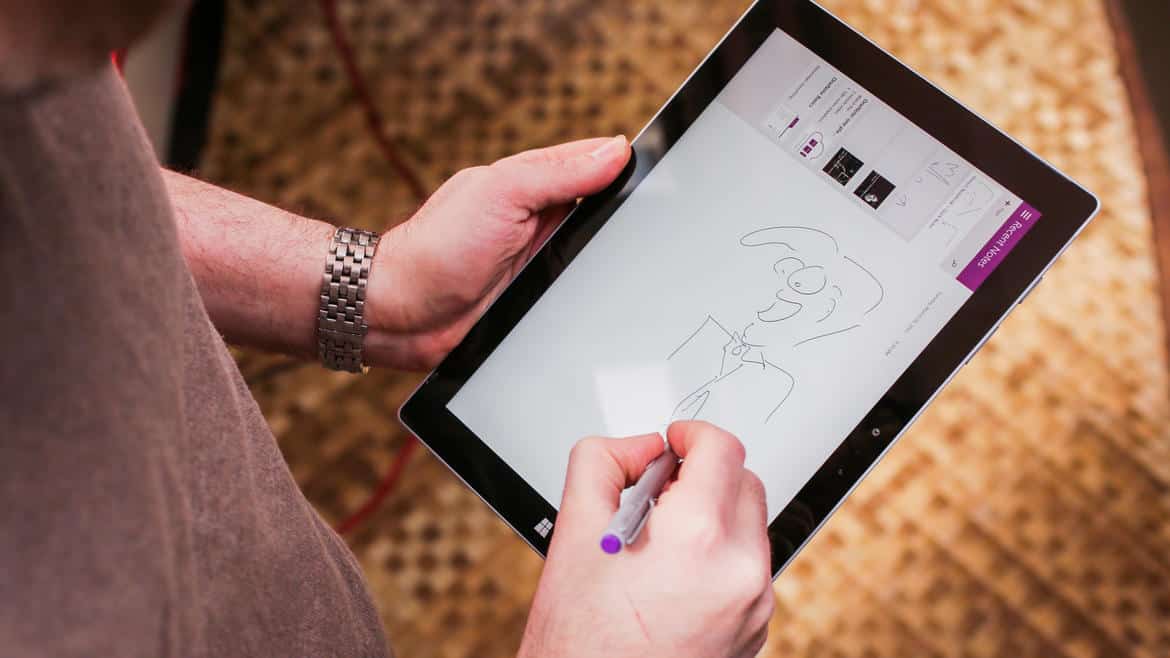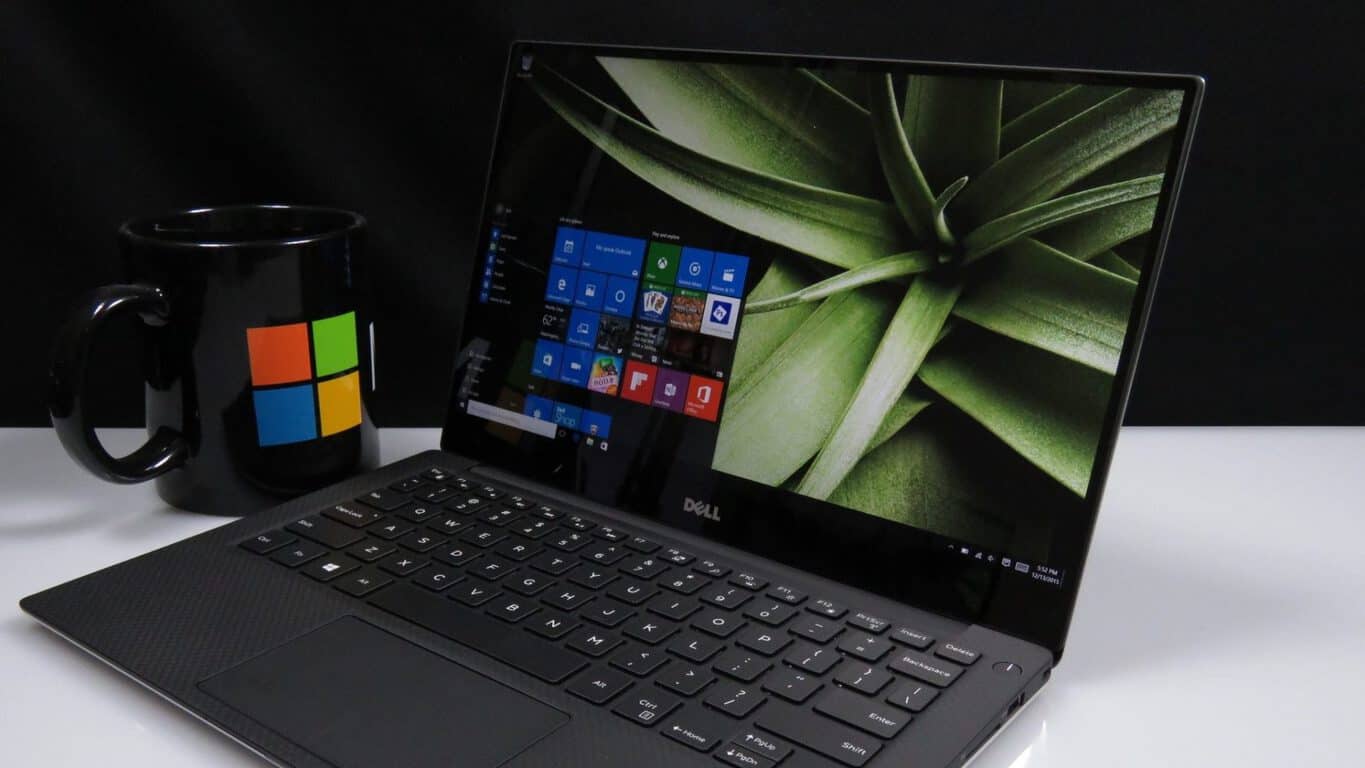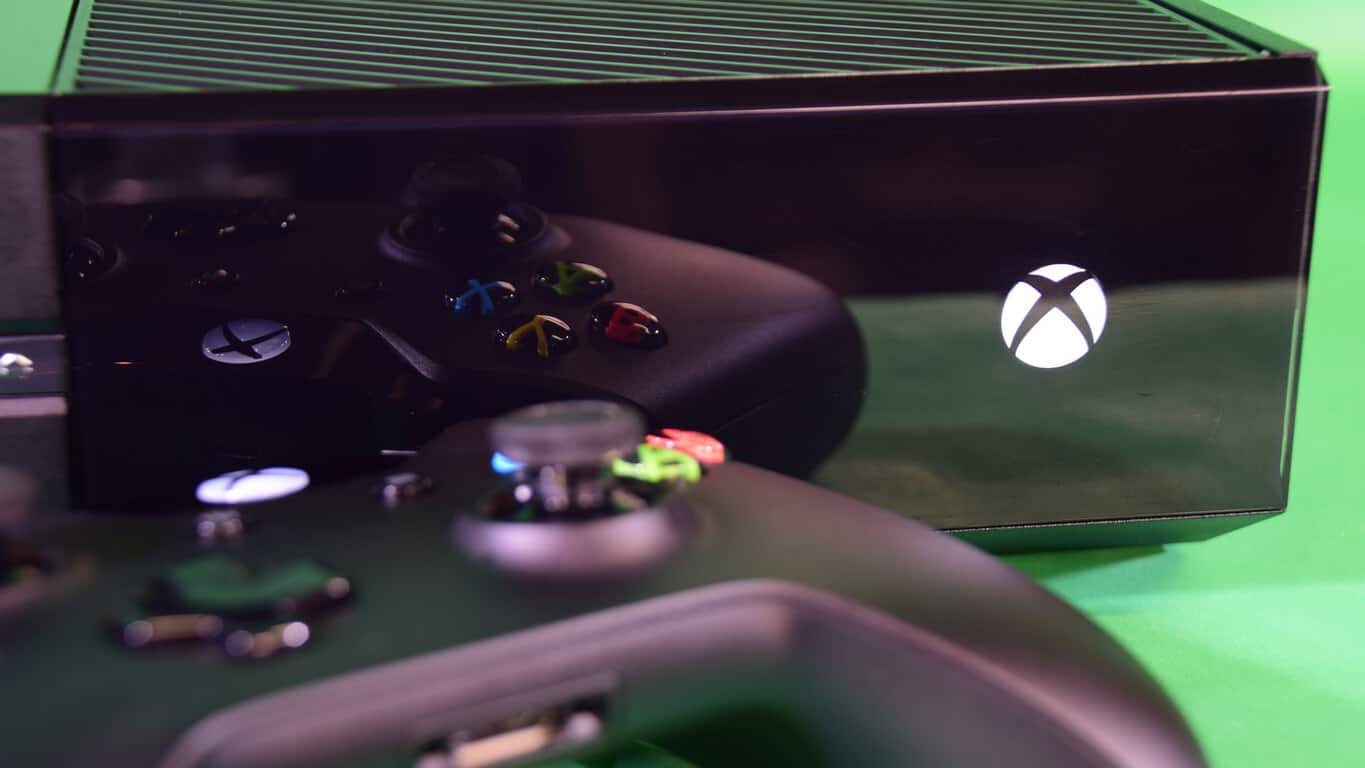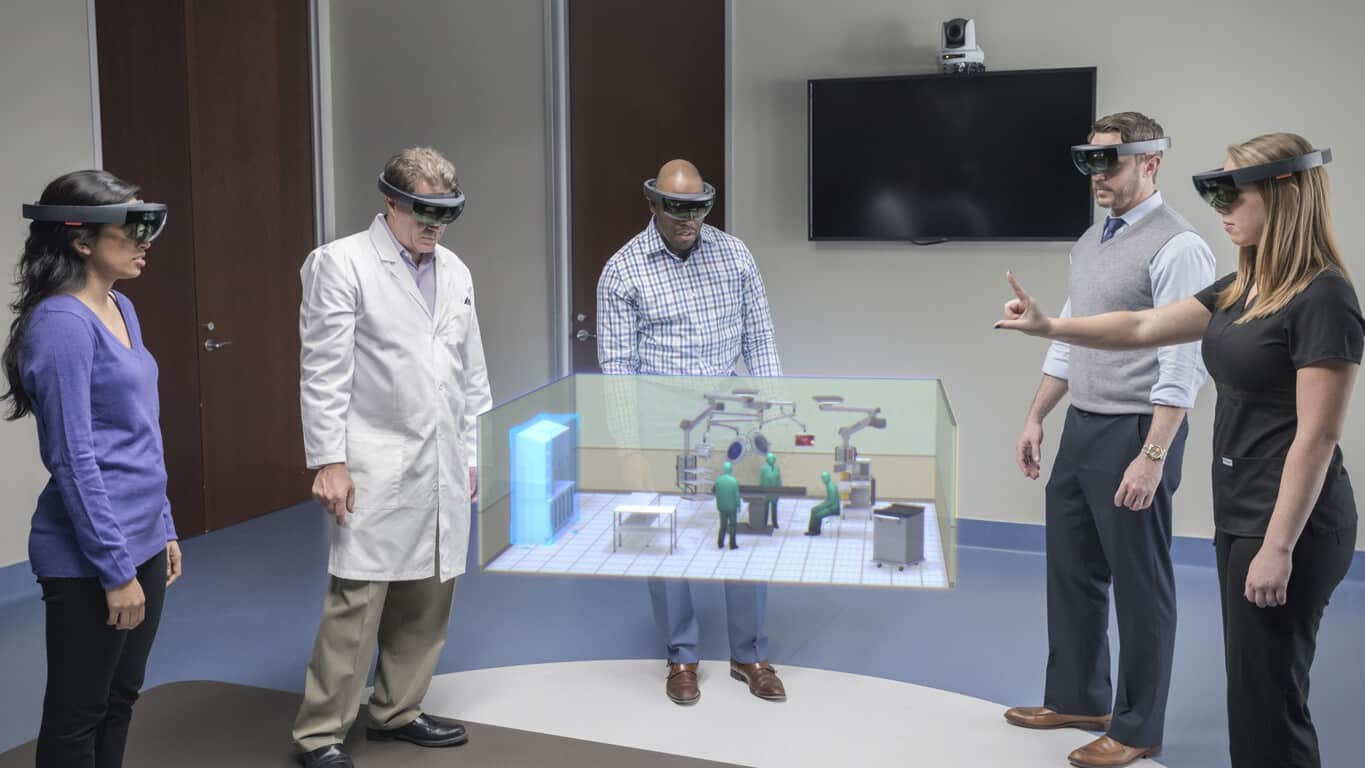UWP is a one of a kind app model. With it, developers can use a massive amount of the same code base to spread an app across everything from phones to Holographic headsets with just about every from factor in between. It’s a big part of Microsoft’s plans and a key part of their strategy. However, my prediction is that it won’t ever lead to app parity with Windows’ main competitors, iOS and Android.
UWP has advantages other than developers porting their apps to different devices. APIs that are available, the design language etc. but to me, UWP is in full effect when a developer makes an app on one type of device, like Xbox One, and then brings that app over to other devices such as full Windows 10 because of how easy it is to bring the app over. Developers could make great apps on individual form factors before UWP and can do it on rival platforms. Bringing apps to a variety of devices is why it’s called the Universal Windows Platform.
There are a few main things holding UWP back. First is that some apps aren’t meant to be universal, some apps are only aimed at one type of device. Second, some of Microsoft’s platforms aren’t attractive enough to developers to bring certain apps to the Windows Store. Finally, there are some situations where UWP apps aren’t needed.
Windows 10 Mobile
Windows 10 Mobile is the forgotten sibling in the Windows 10 family, even seemingly forgotten by Microsoft at times. It looks like its brothers and sisters but is less successful. Despite a well liked and unique design, and some exclusive features such as Continuum, the loyal fanbase is dwindling to levels close to the “other” category in market share.
The version of Windows that needs to gain apps from UWP the most is mobile. The argument being that Windows 10 is on 400 million devices so developers will want to make Windows 10 apps and bring them to mobile. But 400 million Windows 10 devices doesn’t mean much to a developer making an app specifically aimed at phones.
While the Pokemon Go craze has simmered down substantially since it took over the world last Summer, it is a perfect example of why UWP wouldn’t matter to some developers. Pokemon Go relies on users being able to walk around in the real world. Pokemon, gyms, and item locations are centered around physical objects in the real world. Niantic, the developer of the app, made one of the most popular phone apps ever, emphasis on phone. They didn’t seem to have any desire to bring it to desktops, and why would they? It is playable on tablets but it’s certainly aimed most directly at phone users.
Windows 10 Mobile doesn’t have a large enough market share on its own to justify Niantic making an app just for phones running Windows. I suppose they could have made a UWP app with Windows 10 powered 2-1 and tablet users in mind but I don’t think that was the demographic they were looking for.
Pokemon Go isn’t the only app like this. Plenty of apps are aimed squarely at phone users. From banking apps to apps designed to help you at a specific festival or event, many apps don’t have a need to be on devices other than phones. Of course, there are apps such as Whatsapp that are on Windows 10 Mobile and not on other versions of Windows but that isn’t the case for every phone centered app.
Tablets
There aren’t a lot of Windows 10 devices that are technically only tablets. Surfaces, except for the Surface RT and Surface 2, run full Windows 10 and many smaller tablets run the full version of Windows as well so it’s a bit difficult to separate this into its own category. But there are times when these devices are used as a tablet, such as when a Surface is detached from its keyboard.
Many people use tablets for media streaming, note taking, and sketching. The Windows Store already has some great apps in these categories and there seems to be a demand that developers are happy to meet.
Because tablets can function both as large phones, and lightweight portable PCs, they both benefit from UWP and contribute to the program.
While UWP apps can jump up from phones to tablets very easily, they don’t always seem needed on larger devices.
Laptops and 2-1s
Windows powered laptops and 2-n-1s are a different animal to Windows 10 Mobile. The marketshare of these devices is going up rather than down and OEMs are backing the platform more and more. So in terms of having user base, these devices could draw developers attention.
The issue is if these users are using UWP apps. These devices support UWP, Win32, and even Windows 8.1 apps. This is great for users as all these options for developers make it more likely for an app to be available. But these options also make UWP less of requirement. If a developer is aiming their service directly at laptop users, or other people using full Windows 10, they can stick with a Win32 program and reach their users just fine.
I think many use Windows 10 laptops pretty much the same as if they were a Windows 7 laptop and I think desktop users are even more so in that direction. I also think that many people use a Surface as if it were a laptop plus a touch screen web browser and multimedia device. These aren’t bad things of course, but also don’t make them targets for a large number of UWP apps.
Xbox One
I think Xbox One is one of the strongest device types for UWP. Even though Microsoft hasn’t focused on the Xbox One as a living room media hub in their marketing recently, it still is a great devices for multimedia. Since the Xbox One was opened up to UWP apps, we’ve seen quite a few enter the store. This has also only been out for awhile so I predict we’ll see this grow even more. And while this article isn’t focused on gaming, the recent announcement of the Xbox One Creators Program shows that UWP could really gain some legs on the Xbox One.
The Xbox One won’t bring every type of app to the UWP family, for example I don’t think Microsoft is gonna put a UWP version of Office on it, but the gaming console and media hub could bring a large and rich library of media streaming apps to the fold. There are already quite a few, though many were made before UWP came to the Xbox One, and we’re seeing more added to the store.
The Xbox One meets all the criteria to get developers to make apps for it. It has a user base, users have to use apps on it, and it is a place developers want their apps to be. And with Project Scorpio being added to the Xbox One family, rather than replacing it, developers don’t need to be hesitant from a fear of their work becoming outdated any time soon.
Windows 10 Mixed Reality
Windows 10 Mixed Reality has the potential to bring UWP apps to the Windows Store like no other set of devices. It doesn’t have a large user base yet, but many predict augmented and virtual reality to be the next big thing. Developers want to make apps for it. And importantly for the UWP app model, people have to use apps on it.
Windows 10 Mixed Reality has the potential to be like PCs were in the 90’s. Multiple big name OEMs are making devices for it and Microsoft is investing time, money, and resources into it. If developers want to be part of what could be the next big thing, they can do it in Windows 10 Mixed Reality. After bringing those apps to the store, it isn’t going to be much work to bring them to other Windows 10 devices.
One specific example could be 360 video apps. These are more natural on virtual and augmented reality devices but are fun to use with a mouse on a PC. If a company develops one for Windows 10 Mixed reality, I think some will ship it over on other devices, especially if we ever see Windows 10 Mobile gain VR headset capabilities.
Wrapping Things Up
UWP is intriguing but at its core, it isn’t a solution to some problems still facing Windows. Low mobile market share, all apps not needing to be on every device, and legacy apps still being viable all prevent UWP from leading to app parity with iOS and Android.
This topic was discussed on Talk Microsoft 13. If you want to hear Sean Ong and Sean Michael discuss it, jump to 22:13 in the episode. To hear more discussions like this one, make sure to tune into Talk Microsoft. We stream the show live on YouTube each Friday at 1PM PST and also post the show on YouTube and SoundCloud over the weekend.

